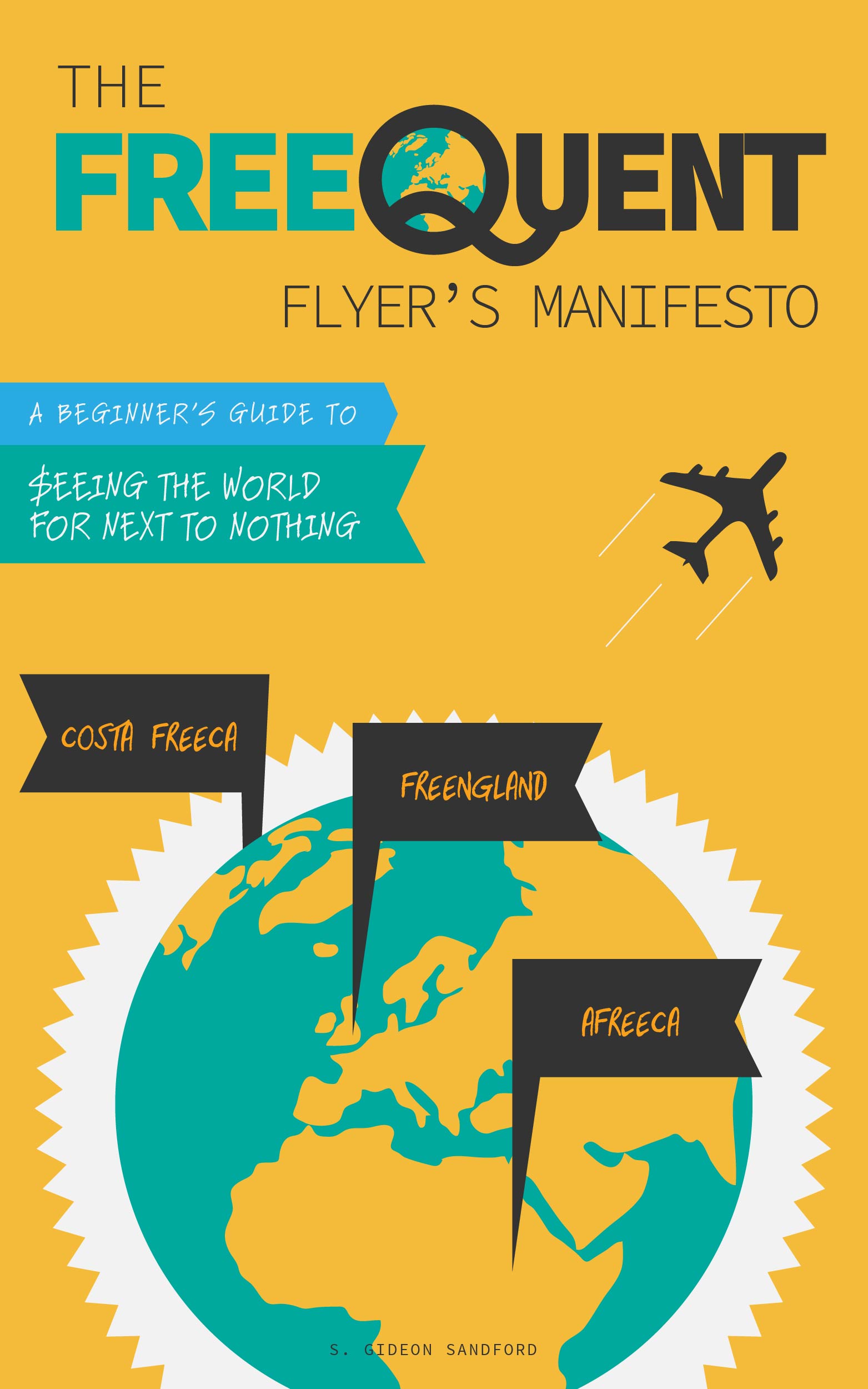Manufacture spend furiously
/Yesterday Miles Per Day reported that US Bank Visa Buxx cards, which have been closed to new applicants for many months but have continued to work in the interim for existing cardholders, will no longer be loadable with new funds after October 24, 2015.
These cards are terrific, especially if you have access to US Bank ATM's, which allow free withdrawals of the $2,000 that can be loaded monthly to each card at a total cost of $10. If you used a card like the Barclaycard Arrival+ MasterCard, you could earn $40 in statement credits, per card, against travel purchases each month.
In other words, each US Bank Visa Buxx card you carried allowed you to purchase $480 in annual travel at a 75% discount.
I like small, isolated techniques
On the one hand, $480 in annual travel reimbursements is small fry compared to many other available techniques. But what I like about US Bank Visa Buxx cards is that the tool is isolated from all my other manufactured spend techniques: if you have access to US Bank ATM's, you don't need to cannibalize the liquidation bandwidth you're using with any other technique. It's $2,000 in "extra" manufactured spend per month — and cheap, too!
I do everything I can
Obviously, I don't use manufactured spend techniques I don't have access to (I sometimes hear from readers who can still buy Vanilla Reload Network cards!), and I don't use manufactured spend techniques I don't know about.
But to the extent possible, I pursue every avenue of manufactured spend available, because it's impossible to know when any particular technique will cease to be available. Since I do my best to redeem rewards currencies roughly as quickly as I earn them, I never want to find myself with empty account balances and no way forward to earn more.
Two ways to travel exclusively on miles and points
There are two ways to generate enough miles and points to fund the number of trips I want to take at deep enough discounts to make them affordable: be reimbursed by an employer for frequent business travel, or manufacture spend furiously.
While my takeaway from my point density charts is that paid hotel stays are an incredibly inefficient means of generating sufficient points for award stays, that only holds if you're paying for your own stays. A Starwood Preferred Guest elite paying for stays with the American Express co-branded credit card earns 5 Starpoints per dollar spent at Starwood properties, and would have to spend $2,000 on paid stays before they earned enough points for a single award night at a mid-tier property.
I don't think I've spent $2,000 on hotel stays in my entire life to date.
On the other hand, a Starwood Preferred Guest elite paying for stays with their co-branded credit card and being reimbursed by their employer for those stays wouldn't have to pay a penny for an award night at a mid-tier property; they'd just have to wait until their employer had spent $2,000 on their behalf.
Meanwhile, the same 10,000 Starpoints would cost someone manufacturing spend with their co-branded credit card perhaps $86 in fees, depending on the techniques used.
Manufacture spend furiously
If your reimbursed business trips generate enough miles and points to finance all the travel you're interested in, you're in luck.
Otherwise, you can research every technique you come across to find out whether it can be integrated into your miles and points strategy.
The stories affiliate bloggers tell about paying for travel with signup bonuses are "just so" stories, which is why I don't tell them. Of course if you work backwards from the signup bonus you're trying to sell, you can find trips that will be exactly covered by the points earned. But if you want to be in charge of your own miles and points strategy, rather than running off to the Maldives every time an affiliate blogger tells you to, you should be pursuing a robust, diverse miles-and-points-earning strategy.
And unless you're one of the lucky few, frequent business travelers, that strategy should include as many different manufactured spending techniques as possible.


